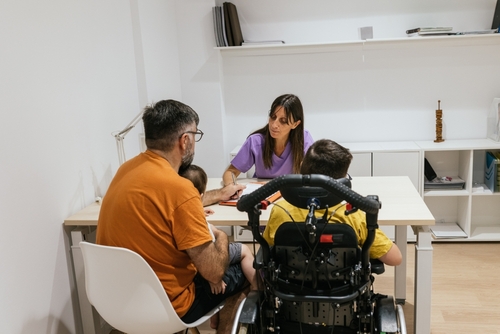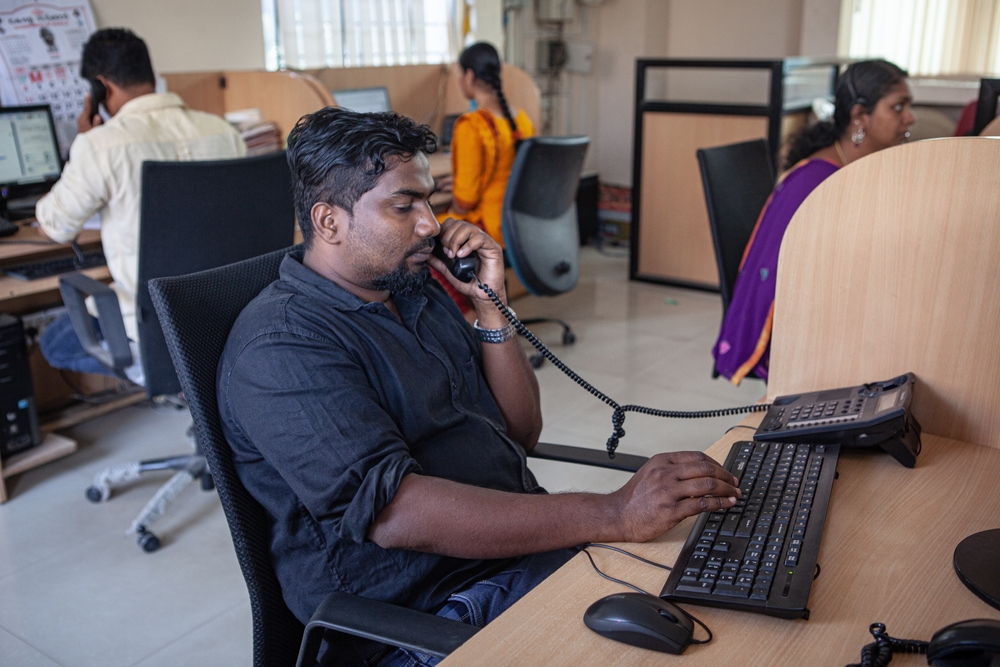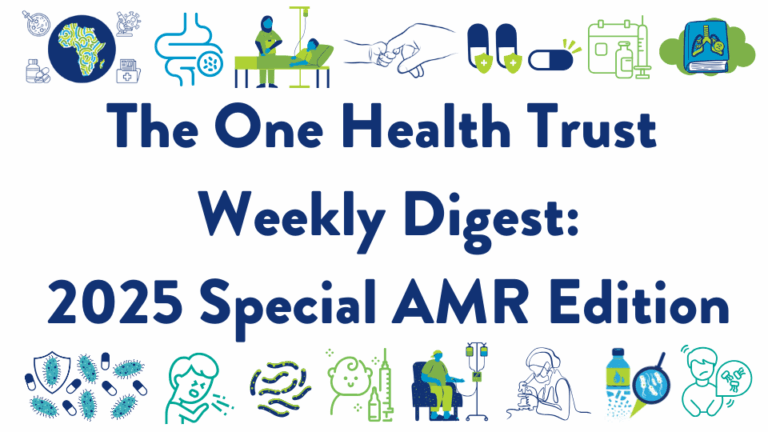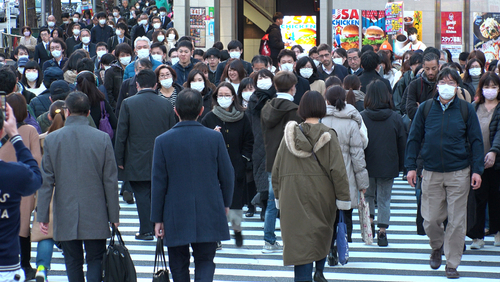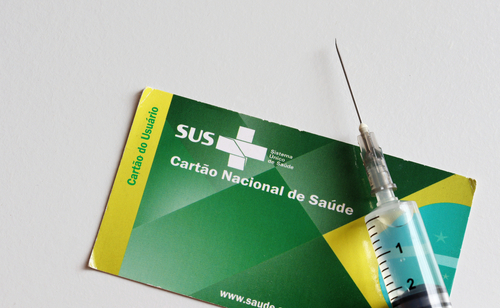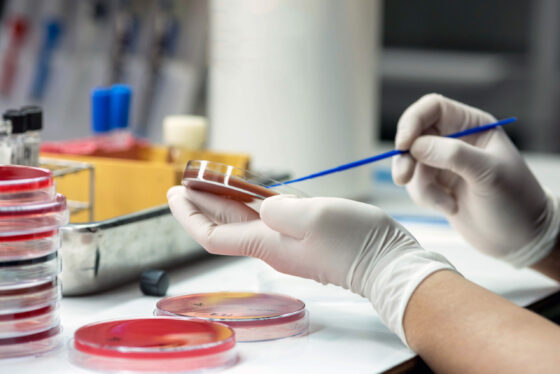November 15, 2020
COVID-19
Remdesivir for the Treatment of Covid-19 — Final Report. A double-blind, randomized, placebo-controlled trial (ClinicalTrials.gov nr, NCT04280705) of intravenous remdesivir in 1,062 patients hospitalized with COVID-19 with evidence of lower respiratory tract infection, revealed that remdesivir was superior to placebo in shortening the time to recovery. Patients who received remdesivir had a median recovery time of 10 days (95% CI, 9 to 11), as compared to those who received placebo, with a median recovery time of 15 days. Furthermore, Kaplan–Meier estimates of mortality were 11.4% with remdesivir and 15.2% with placebo by day 29 (HR, 0.73; 95% CI, 0.52 to 1.03). Finally, serious adverse events were reported in 24.6% of the patients who received remdesivir and in 31.6% of the patients who received placebo, suggesting that treatment with remdesivir may have prevented progression to severe disease. [NJEM]
SARS-CoV-2 seroprevalence and transmission risk factors among high-risk close contacts. A team of researchers investigated the asymptomatic attack rates and SARS-CoV-2 transmission risk factors in a retrospective cohort study involving all close contacts of confirmed COVID-19 cases identified in Singapore between Jan 23 and April 3, 2020. The study revealed that the secondary clinical attack rate was 5.9% (95% CI 4.9 to 7.1) for 1,779 household contacts, 1.3% (0. 9 to 1.9) for 2,231 work contacts, and 1.3% (1.0 to 1.7) for 3,508 social contacts. Analysis of serology and symptom data from 1,150 close contacts estimated that the symptom-based PCR testing strategy missed more than half of SARS-CoV-2 positive close contacts and that more than a third of SARS-CoV-2-positive close contacts were asymptomatic. For household close contacts, risk factors included longer duration of verbal interaction and sharing a bedroom. For non-household close contacts, risk factors were longer duration of verbal interaction, sharing a vehicle, and having contact with more than one index case. These findings support physical distancing and minimizing verbal interactions as part of community measures for the prevention of SARS-CoV-2 transmission. [Lancet]
Investigating the effects of absolute humidity and human encounters on the transmission of COVID-19 in the United States. Researchers from CDDEP and Johns Hopkins University studied the effects of absolute humidity and social interactions on COVID-19 transmission in the US from March 10 to September 29, 2020 by combining absolute humidity and human mobility data. The analysis revealed a negative correlation between humidity and new cases of COVID-19. An increase in absolute humidity was associated with a decrease in new cases, especially in regions with generally low humidity such as Western, Midwest, and Northeast regions of the US. The association between mobility and the number of daily cases varied across the different regions during the study period, however, a positive correlation was observed in all regions between July and September. Findings from this study support research on seasonal variation in transmission risk for other respiratory viruses, and indicate an urgent need for public health measures (e.g., restrictions on large gatherings and mandates for face-coverings) in the coming winter months. [MedRxiv]
Lack of antibodies to SARS-CoV-2 in a large cohort of previously infected persons. A study investigating antibody responses to SARS-CoV-2 in healthcare workers and first responders in New York City and the Detroit metropolitan area with confirmed SARS-CoV-2 infection revealed that 160 (6.3%) of the 2,547 cases were seronegative. The proportion of seronegative ranged from 0% among 79 persons previously hospitalized, to 11.0% among 308 persons with asymptomatic infections. Furthermore, persons taking immunosuppressive medications were more likely to be seronegative (31.9%, 95% CI 10.7% to 64.7%), while participants of non-Hispanic Black race/ethnicity (versus non-Hispanic White) (2.7%, 95% CI 1.5% to 4.8%), with severe obesity (versus under/normal weight) (3.9%, 95% CI 1.7% to 8.6%), or with more symptoms, were less likely to be seronegative. The proportion of seronegative cases remained relatively stable among persons tested from at least 2 weeks and up to 90 days post symptom onset. The authors concluded that factors such as race/ethnicity, weight status, and illness severity were independent predictors of IgG antibody presence after SARS-CoV-2 infection and may provide immunological insights for future studies while also emphasizing the importance of using similar populations when comparing antibody assay performance. [Clin.Infect.Dis]
Changes in health services use among commercially insured US populations during the COVID-19 pandemic. In a cross-sectional study based on claims-analysis of 6.8 million commercially insured individuals in the US, researchers evaluated health services use among commercially insured populations during the initial phase of the COVID-19 pandemic and observed a large reduction in the use of health services, while the use in telemedicine increased substantially. The magnitude of reductions in health services use varied for different services; in March and April 2020, regression-adjusted use rate per 10,000 persons changed by −28.2 and −64.5 for colonoscopies, −149.1 and −342.1 for mammograms; and −300.5 and −369.0 for child vaccines. The findings illustrated a dramatic reduction in health services use that was not compensated by an increase in the adoption of telemedicine, warranting the establishment of policy initiatives aimed at ensuring these reductions do not adversely affect patient health. [JAMA]
Trends in the use of telehealth during the emergence of the COVID-19 pandemic — United States. According to a study by the CDC, based on data from four of the largest US telehealth providers, telehealth interventions in the US increased 154% (p<0.05) during January through March 2020 compared to the same period in 2019. Ninety-three percent of participants sought care for something other than COVID-19, however, the proportion of COVID-19-related encounters increased during the last three weeks of March 2020. The study also explored differences in gender and age distribution, as well as, the frequency of Emergency Department visits. The authors concluded that telehealth policies may increase access to care during and after the pandemic, reduce disease exposure, preserve personal protective equipment, and reduce patient demand on facilities; however, telehealth poses limitations for people without access to the required technology. [CDC]
Global Health and Drug Resistance
Global impact of rotavirus vaccination on diarrhea hospitalizations and deaths among children <5 years old: 2006–2019. The rotavirus vaccine has been introduced in over 100 countries since 2006. To assess its sustained impact, researchers at the Centers for Disease Control and Prevention in Atlanta, GA reviewed published data from 2006-2019 on rotavirus hospitalizations, acute gastroenteritis (AGE) hospitalizations, and AGE deaths among children under 5 years old. Of 1,827 records reviewed, 105 met inclusion criteria and spanned 49 countries. They found median reductions of 59% in rotavirus hospitalizations, 36% in AGE hospitalizations, and 36% in AGE mortality. Before introduction of the vaccine, 40% of specimens from children hospitalized with diarrhea were positive for rotavirus versus 20% after introduction of the vaccine. Findings reinforce the vaccine’s positive impact on health outcomes among young children and encourage implementation in countries that have not yet adopted the vaccine. [J. Infectious Diseases]
Emergence of extended-spectrum β-lactamase urinary tract infections among hospitalized emergency department patients in the united states. Enterobacteriaceae resistant to ceftriaxone, mediated through extended-spectrum β-lactamases (ESBLs), are a common cause of urinary tract infections (UTIs). Ceftriaxone is often used as an alternative to fluoroquinolones, however, resistance rates in the United States are unknown. Researchers conducted a prospective, observational study at 11 emergency departments across the country. The primary objective was to estimate the prevalence of ESBL-producing Enterobacteriaceae. The secondary objective was to measure the prevalence of previously identified risk factors for resistance. In specimens from 444 patients with Enterobacteriaceae UTIs, resistance rates were as high as 21% at some sites. Findings indicate that ESBL-producing Enterobacteriaceae, which demonstrate in vitro resistance to ceftriaxone and other cephalosporins, frequently cause urinary tract infections leading to hospitalization. The authors recommend new approaches and revision of treatment guidelines where resistance rates are high. [Ann Emerg Med]
A decision algorithm to promote outpatient antimicrobial stewardship for uncomplicated urinary tract infection. In a study conducted at Massachusetts General Hospital and Brigham and Women’s Hospital, researchers created a machine learning model that predicts antibiotic susceptibility and recommends the narrowest possible antibiotic for urinary tract infections (UTIs). UTIs are extremely common and lead to increases in the use of broad-spectrum and second-line antibiotics, which further increase resistance. Tested on a sample of 3,629 women (3,941 specimens), the algorithm reduced the use of second-line therapies by 67% and that of inappropriate therapy by 18% compared to clinicians. The model offers a useful data-driven clinical decision tool, providing antibiotic stewardship for a common infection, and reducing broad-spectrum antibiotic use while maintaining optimal treatment outcomes. Further research is needed, however, to generalize the model to more diverse populations. [Science Translational Medicine]
Limited clinical utility of follow-up blood cultures in patients with streptococcal bacteremia: an opportunity for blood culture stewardship. In this retrospective cohort study, researchers at the Maine Medical Center explored the frequency of positive follow-up blood cultures (FUBC) among patients with streptococcal bacteremia, as well as, risk factors associated with positive FUBC. Participants included adults over 18 years old with at least one positive blood culture for Streptococcus spp followed by at least one FUBC. Three hundred fourteen patients met inclusion criteria; 10 (3.2%) had FUBC with Streptococcus spp, 4 (1.3%) had a contaminant identified, and 3 (1%) had new pathogens isolated. Endocarditis, epidural abscess, and discitis or vertebral osteomyelitis were found to be associated with positive FUBC. The study revealed that excess FUBC can lead to increased isolation of contaminants, increased laboratory and pharmacy costs, and unnecessary hospitalizations and antibiotic therapies. Therefore, the authors concluded that FUBC for streptococcus bacteremia has limited clinical utility, and antimicrobial stewardship programs may benefit from including blood culture stewardship. [Open Forum Infectious Diseases]
STAT-Harris Poll: Most Americans won’t get a Covid-19 vaccine unless it cuts risk by half. After the announcement by Pfizer and BioNTech of a vaccine found to be 90% effective, STAT and The Harris Poll published a survey in which six in 10 Americans said they were likely to get a vaccine if it would lower the risk of infection by 50%. The online survey administered to 1,954 adults between October 29-31 found differences in this proportion when stratifying responses by age and racial groups. For example, while only 56% of people 18-34 said they would get the vaccine if it cut the risk of infection by half, the proportion increased to 64% among this group when a vaccine would reduce the risk of infection by 75%. The survey also found that compared to people who had contracted the virus themselves, those with a family member or close friend who had been infected were more likely to engage in public health prevention measures, such as mask-wearing, social distancing, and avoiding large gatherings. [STAT]
Photo: Shutterstock


